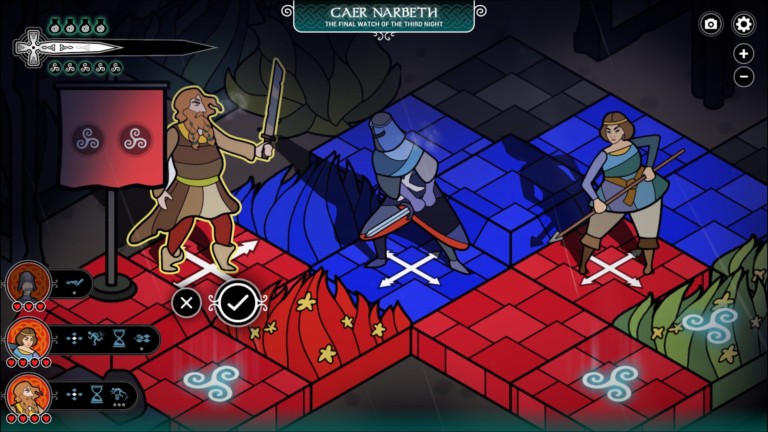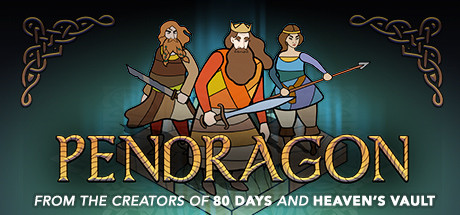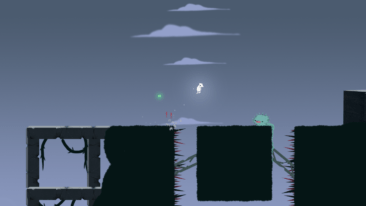Pendragon by inkle
inkle is already famed for brilliant writing, as we’ve seen from games like Sorcery! and 80 Days. Last year, Heaven’s Vault took that further with a game about translating a lost language, but that’s still writing, isn’t it?
Pendragon provides unassailable proof that there’s a lot more to the studio than narrative, though by adapting a tale as famous – and as malleable – as the legend of King Arthur, it’s plenty ambitious there, too.
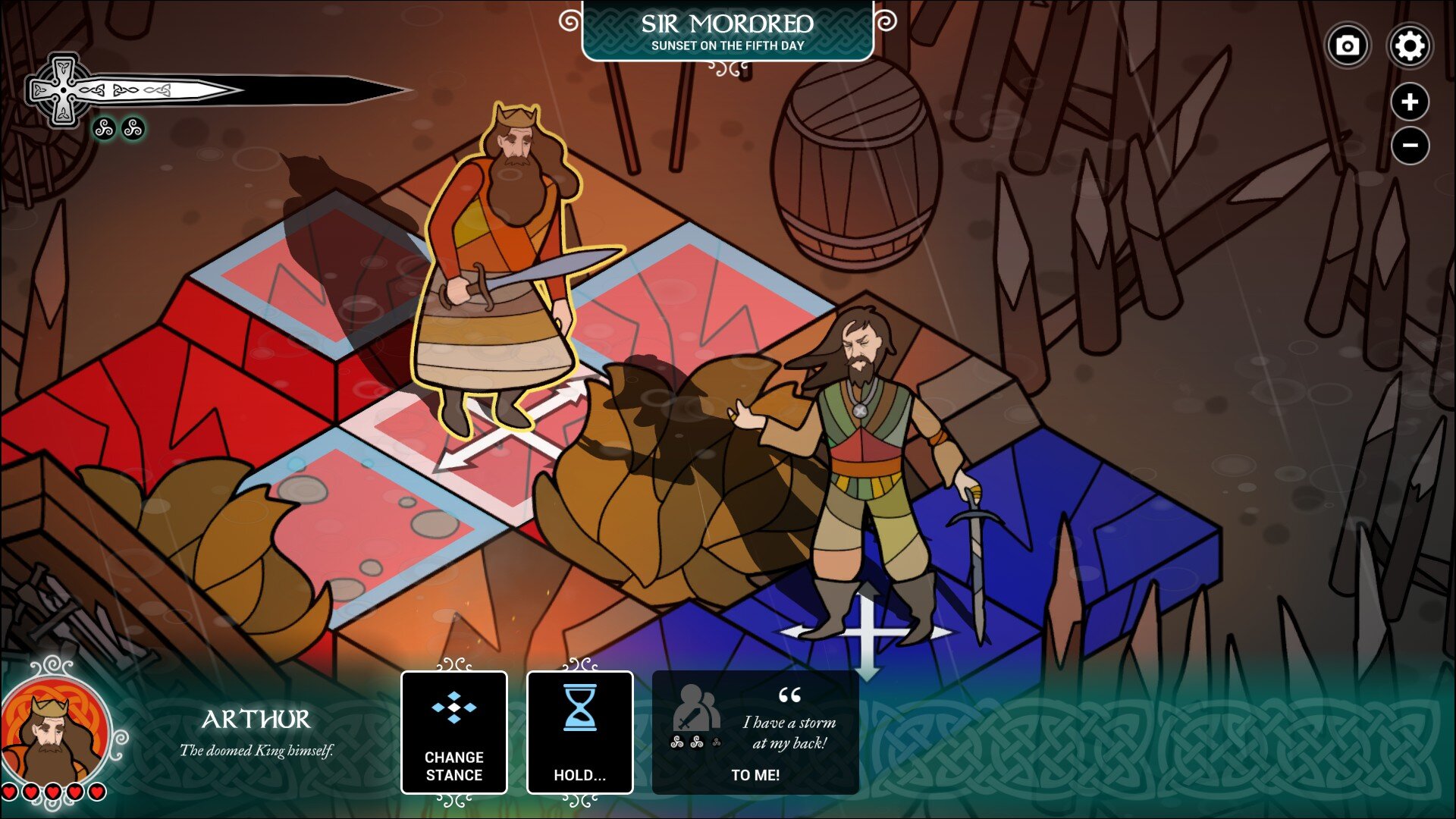
Round Table and Round and Round
To get the big surprise out of the way, yes, this is a tactical game with actual combat.
It’s no more pinned to stark realism than the many versions of King Arthur’s story, though, and plays more like a series of end-game chess puzzles than a Medieval version of XCOM.
Each piece has a special attack, and whether it’s facing off wolves in an enchanted wood or the traitorous knights of Sir Mordred, positioning is everything.

Adding complexity is the idea of territory; as you move across the board, the idea of captured space that’s implicit in chess becomes explicit as the grid changes color – red for you, blue for your foe – and you can take advantage of that, rushing across your held territory to strike an enemy down.
Be wary, though, because your foes can do the same, and a single strike is often enough to kill (that part, I guess, is perhaps a bit more realistic than most).
In practice, this amounts to a lot of little dances, back-and-forth posturing, circles around the map.
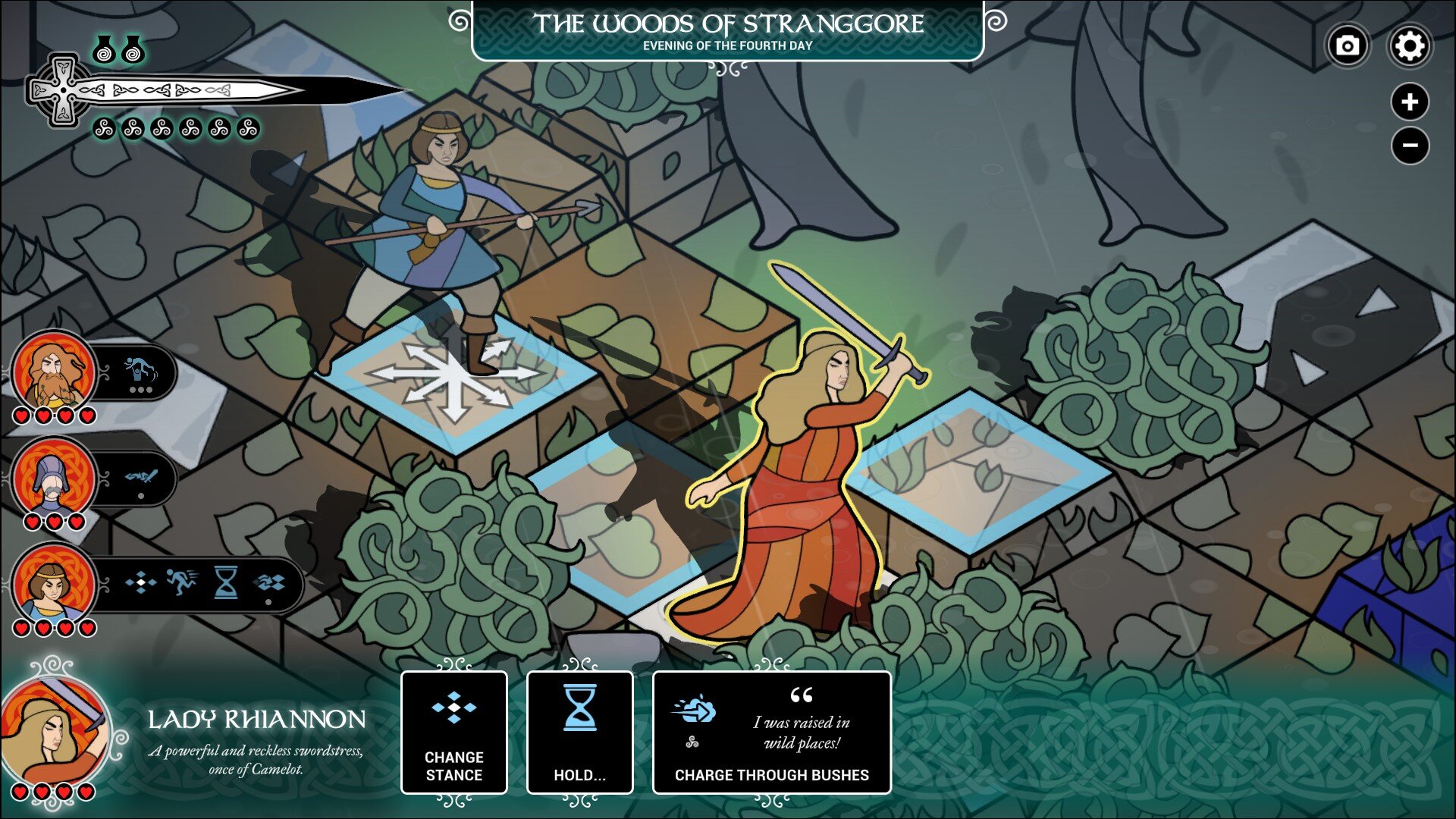
To Live and Fight Another Day
You can’t be too cautious, though, because there’s a countdown in the form of morale that ekes away the longer you dilly-dally, so you can play smart, but you can’t just waste time.
That doesn’t mean you have to be reckless, though. Another interesting piece here is that most levels’ victory conditions have little to do with combat itself, but simply finding a way through.
You can slaughter everything in your path, but you can also just feint your way past your enemies to the exit.
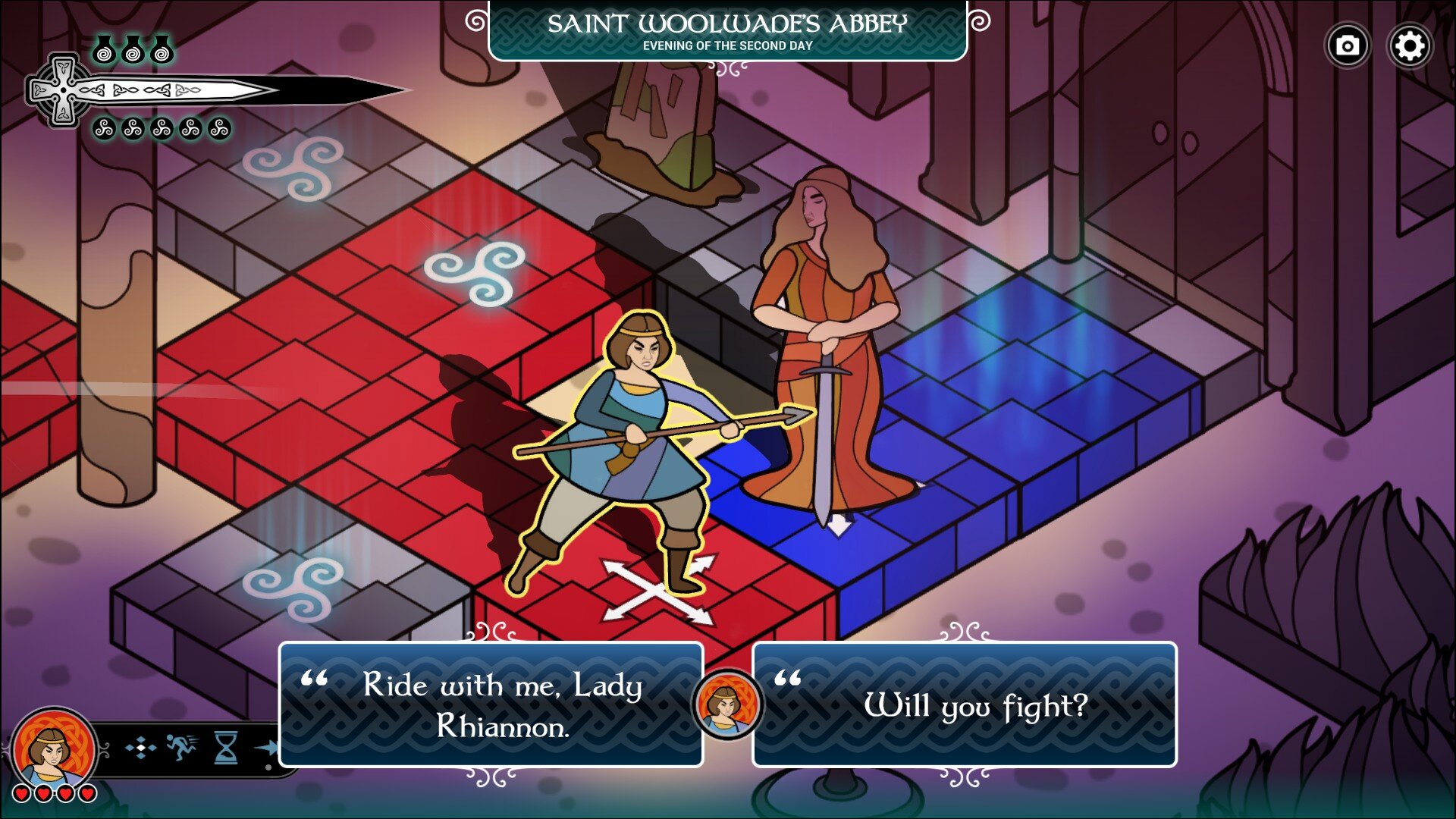
In some cases, you can even recruit them, as dialogue occurs even during combat; depending on how aggressive you are, you might be attacked by villagers, or you might convince them to take up arms for your cause.
Looking at the Steam reviews, it appears that the response to Pendragon’s combat is mixed, to say the least, but I found it fascinating, more like a board game than a typical strategy offering, with just enough variety in the form of special moves, territorial claiming and story-driven surprises to keep fights interesting without bogging them down with too many details.
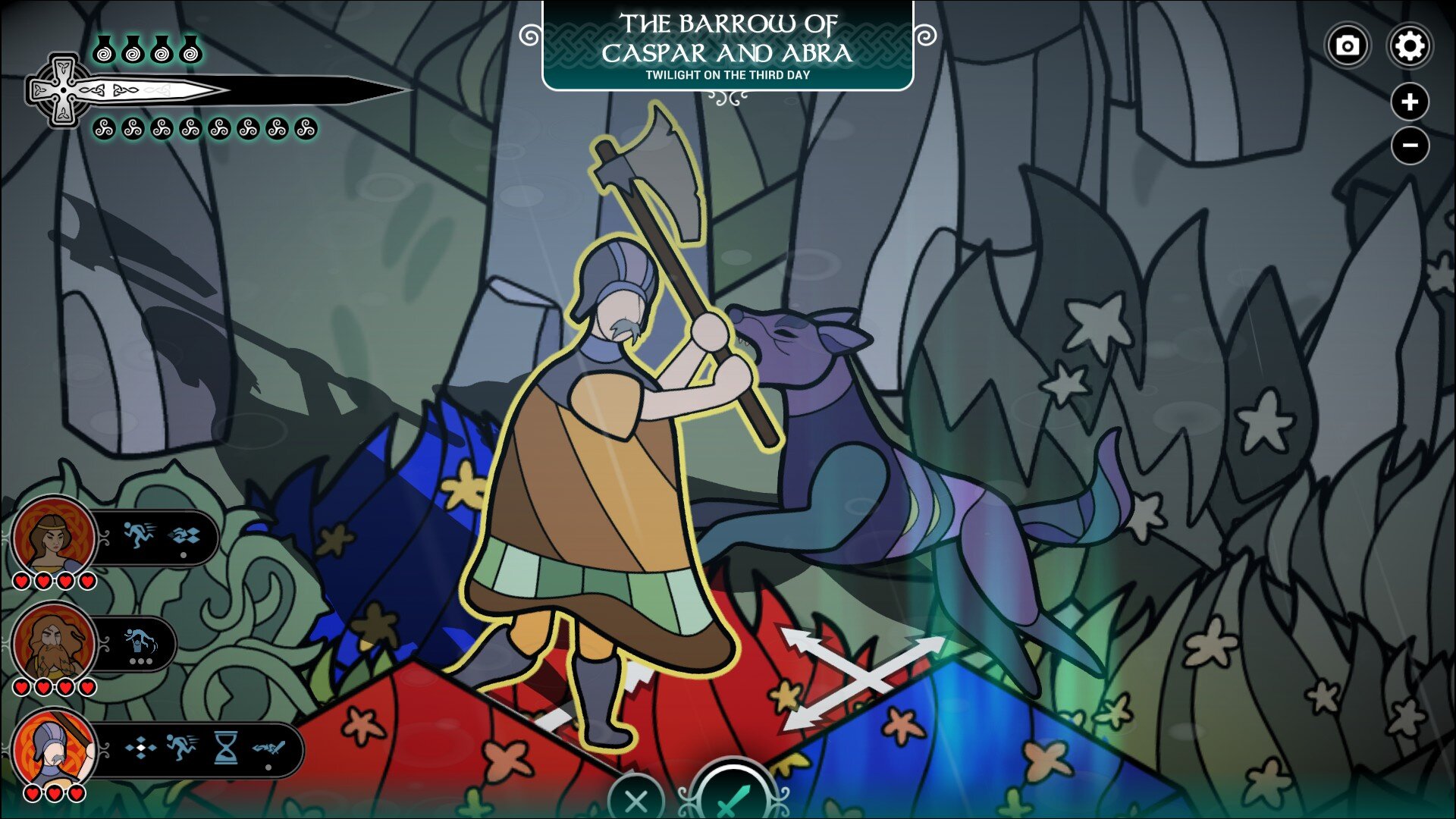
Would You Hear a Story?
Pendragon might in one sense be a light tactical game, but in a more important sense, it’s a retelling of King Arthur in a way that perhaps only inkle could manage.
It’s a story that’s been told over and over in so many ways, from Thomas Mallory’s Le Morte d’Arthur to Eric Idle’s Spamalot. Pendragon takes full advantage of that, offering nearly as many versions within a single game.
It’s a tribute to narrative director Jon Ingold and the inkle writing team that the game pulls this off, because with so many versions of a story, I could only imagine there were an exponentially larger number of ways to potentially screw it up, but the story – or rather stories – are flawless.

For one thing, there was the wise choice to limit Pendragon to a very specific point in Arthurian legend, and the game begins in media res and then some, just days before the final battle at Camlann where King Arthur faces off against his son, the usurper Mordred.
Players take on the role of another character from the story – Queen Guinevere, perhaps, or Sir Gawain – rushing across the countryside to aid the King in his hour of need. Repeated play-throughs yield new heroes to unlock, providing additional points of view like Rashomon.
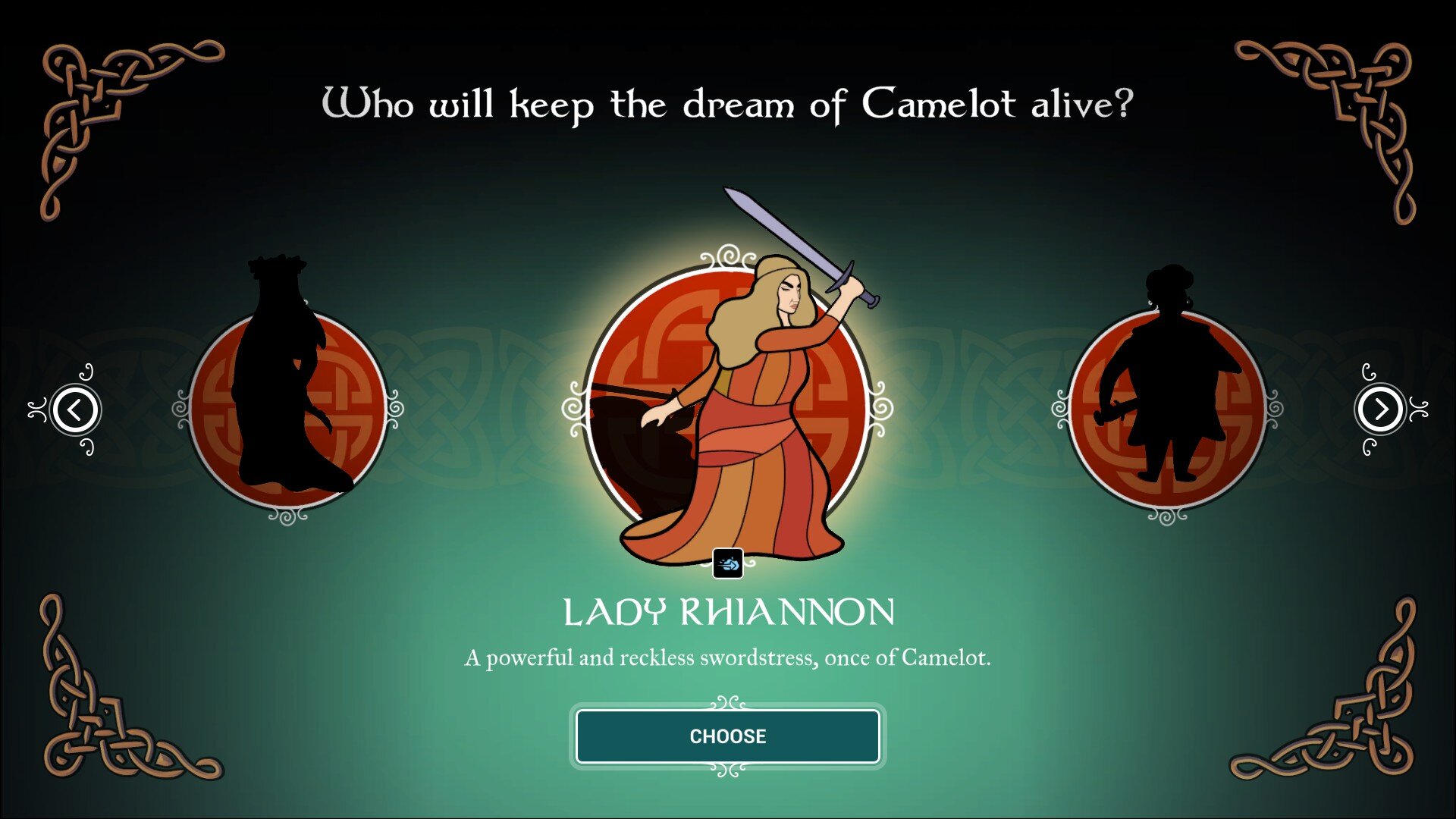
Sun Sets, Knight Falls
It’s honestly so compelling that I’ve become a little obsessed with teasing out every detail, every variation, to the point that I’ve played as Guinevere multiple times without having even met Sir Lancelot or Merlin yet, and I haven’t come close to losing interest.
The sound design and score – muffled distant horns signifying battle, subdued harp and woodwinds for quieter melancholy moments – have something to do with that, and so does the art, a combination of isometric forests, villages and abbeys with deliberately flat character designs that look like stained glass during combat scenes and illuminated manuscript drawings during travel across the world map.
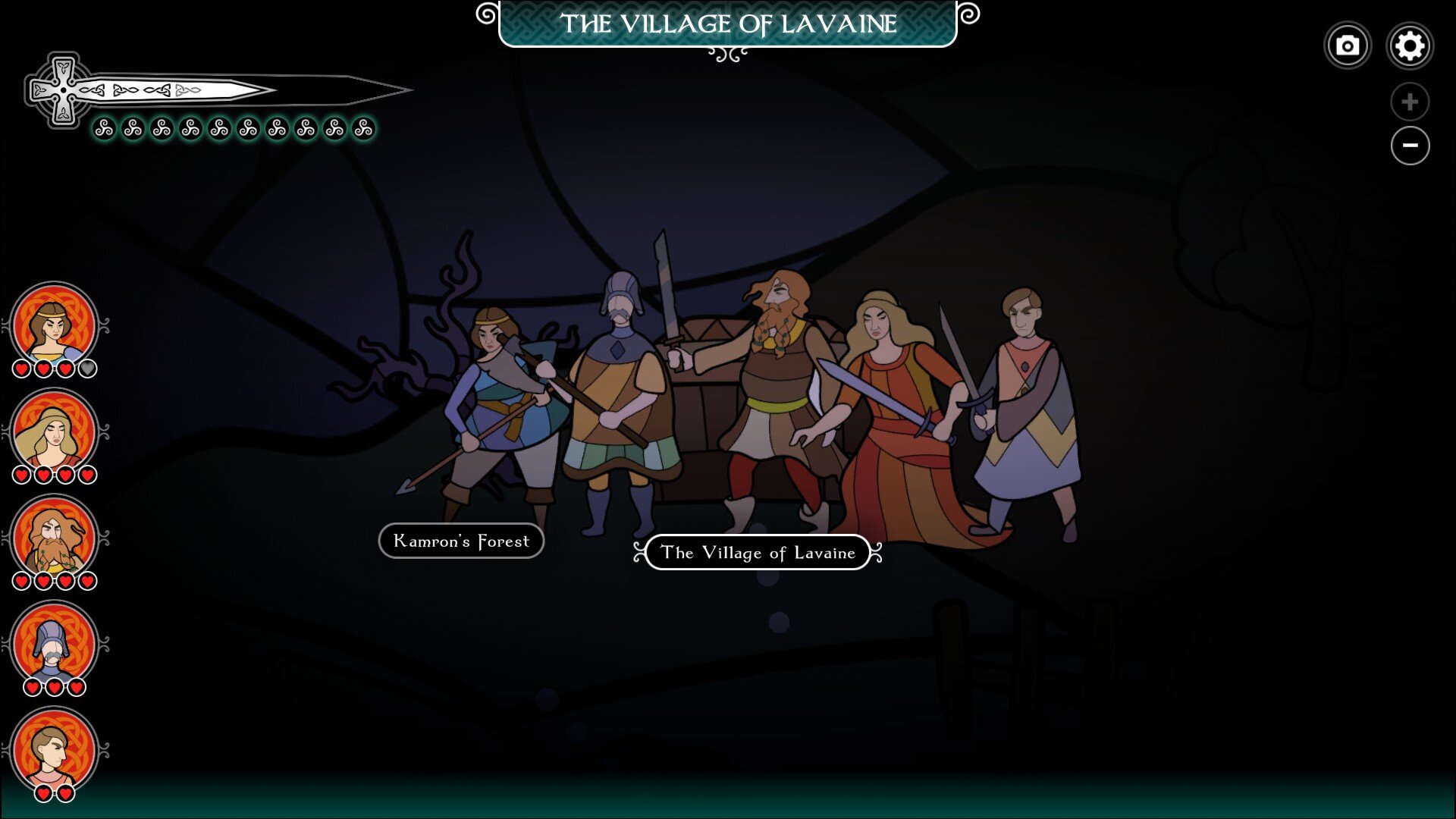
But more stunning than the sound and art design is the writing itself. A quip or two of back-and-forth dialogue here and a descriptive sentence there conveys more than lesser writers do with entire chapters.
Miles Davis supposedly said, “It’s not the notes you play, it’s the notes you don’t play,” and Pendragon does that with words, saying so much with so little.
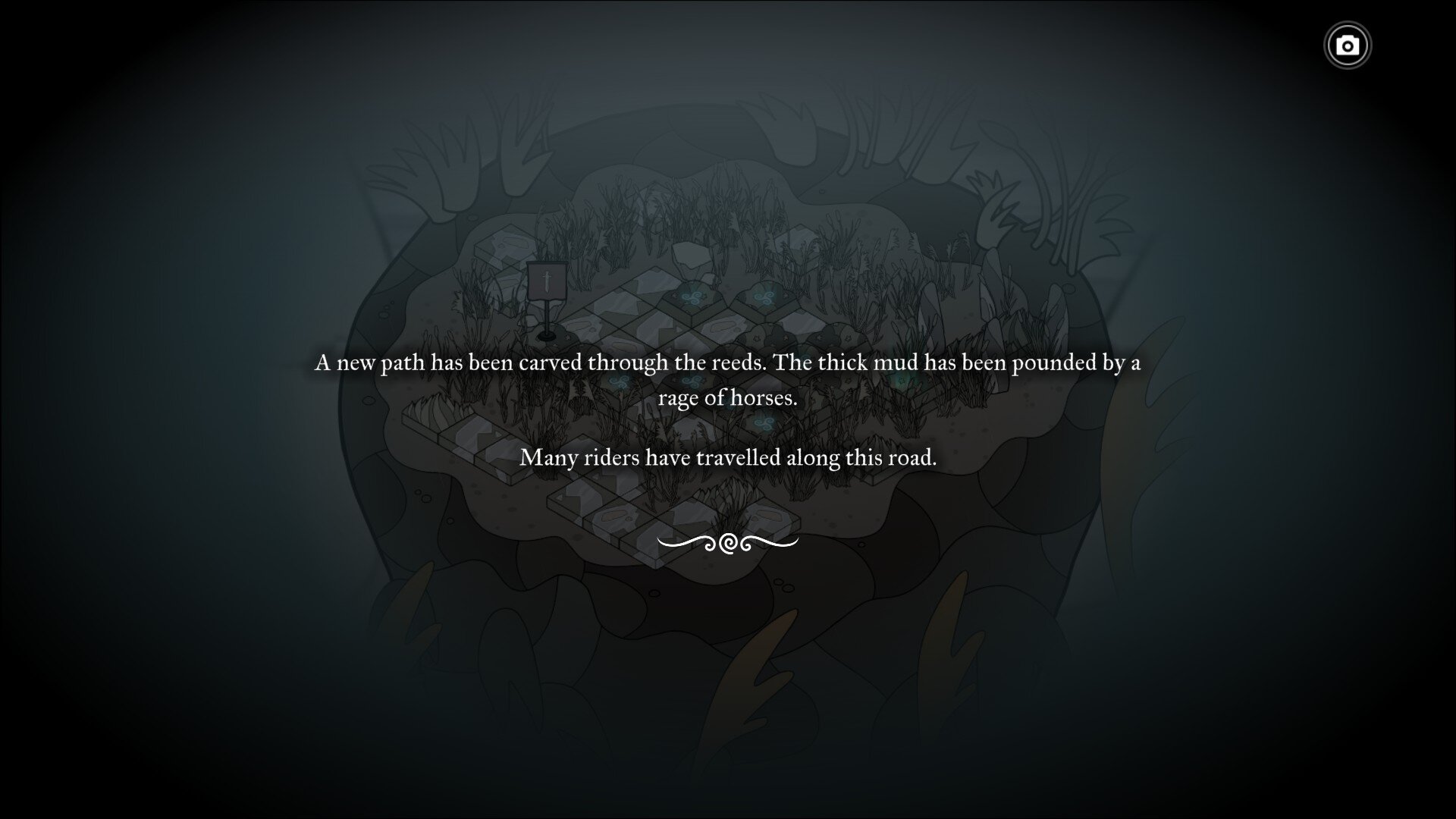
The writing, the songs, the mood, and the way that new glimpses of insight into such a familiar story send shivers up my spine come together in a game that has stuck with me more than anything since Night in the Woods.
It’s also had the side effect of making me want to dig into Arthurian literature…if I could only stop playing long enough to read a book.
Maybe just one more play-through. I really think I’m going to find Merlin this time.
Pendragon is available via Steam.
Check out the official trailer for Pendragon below:

